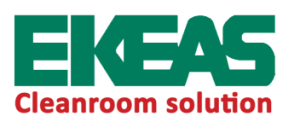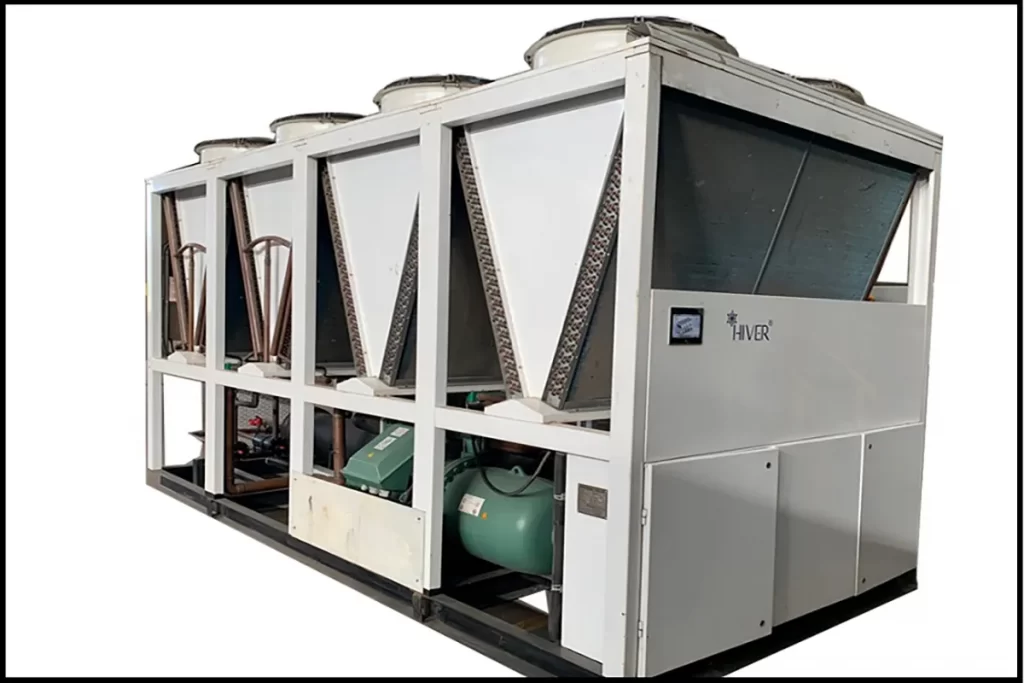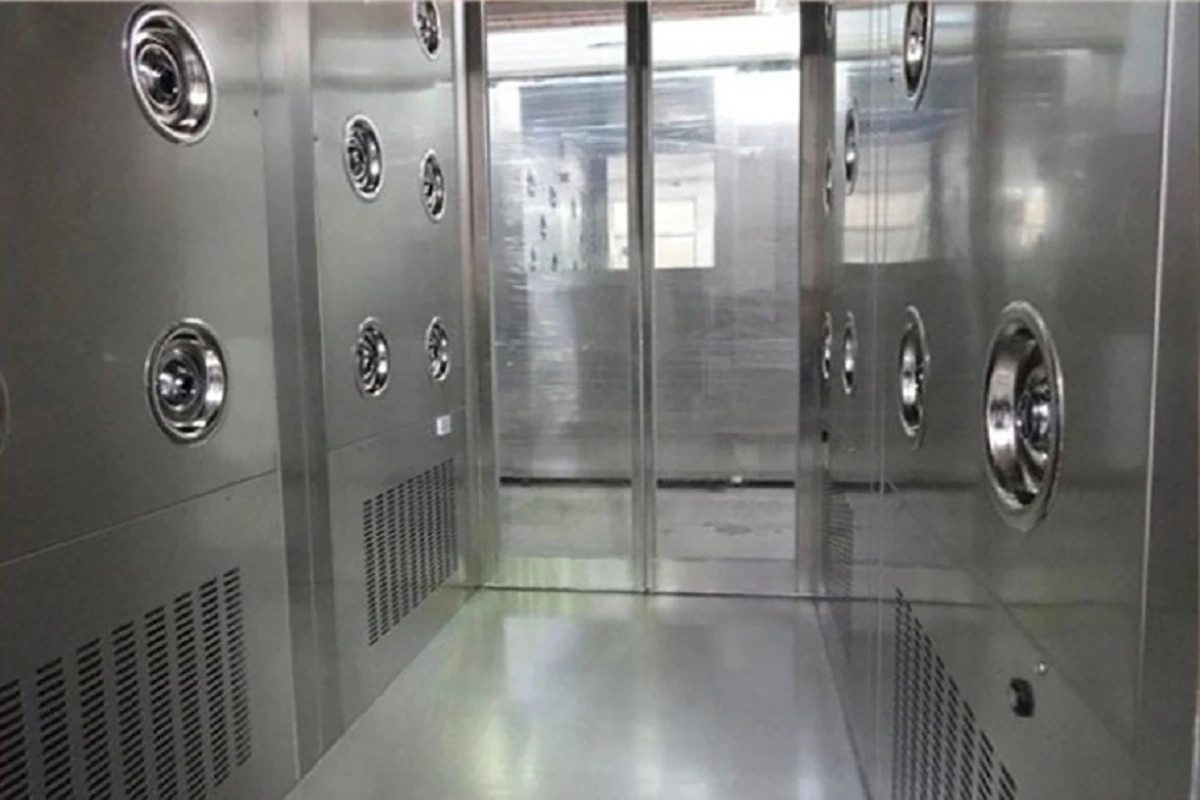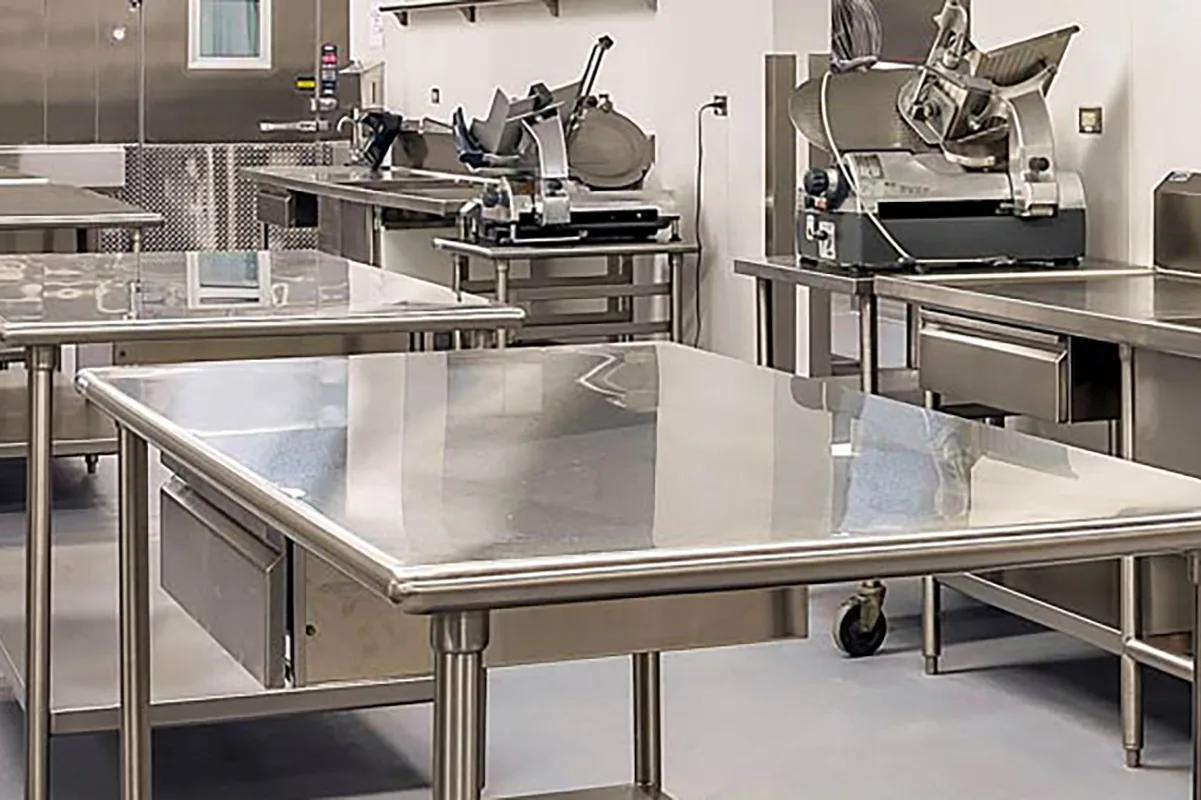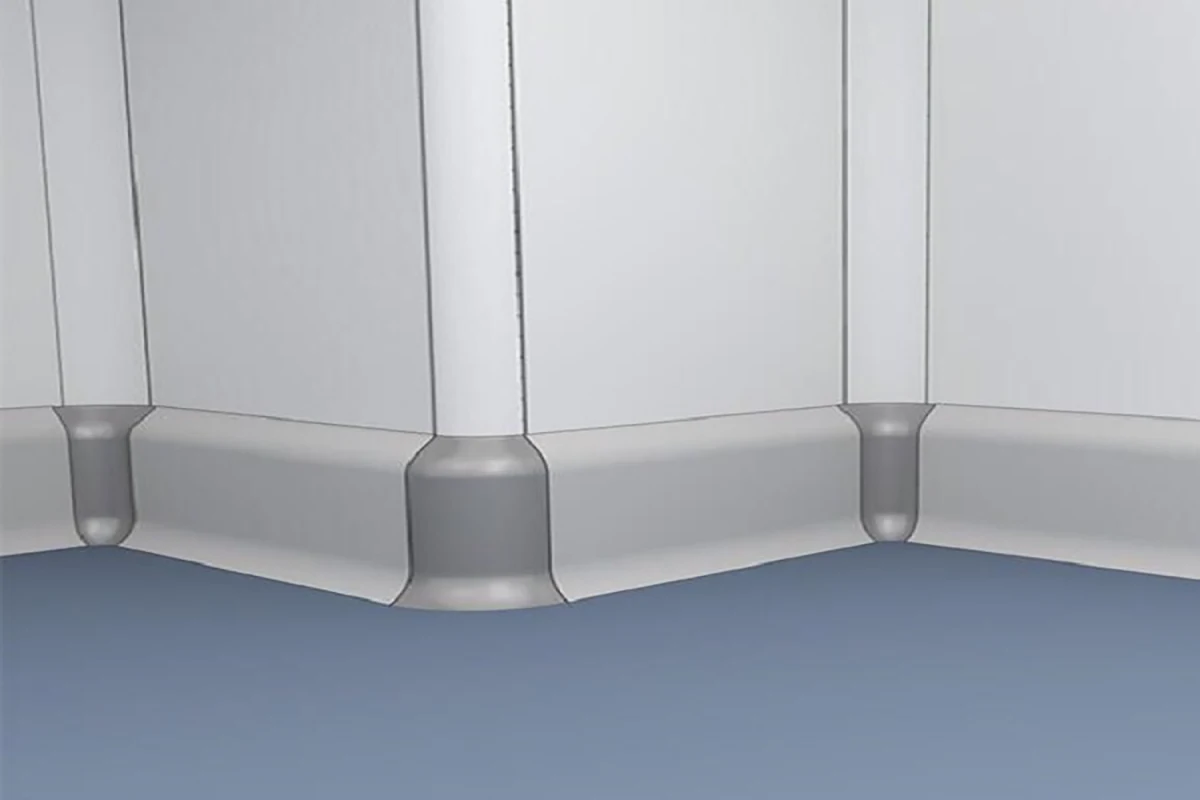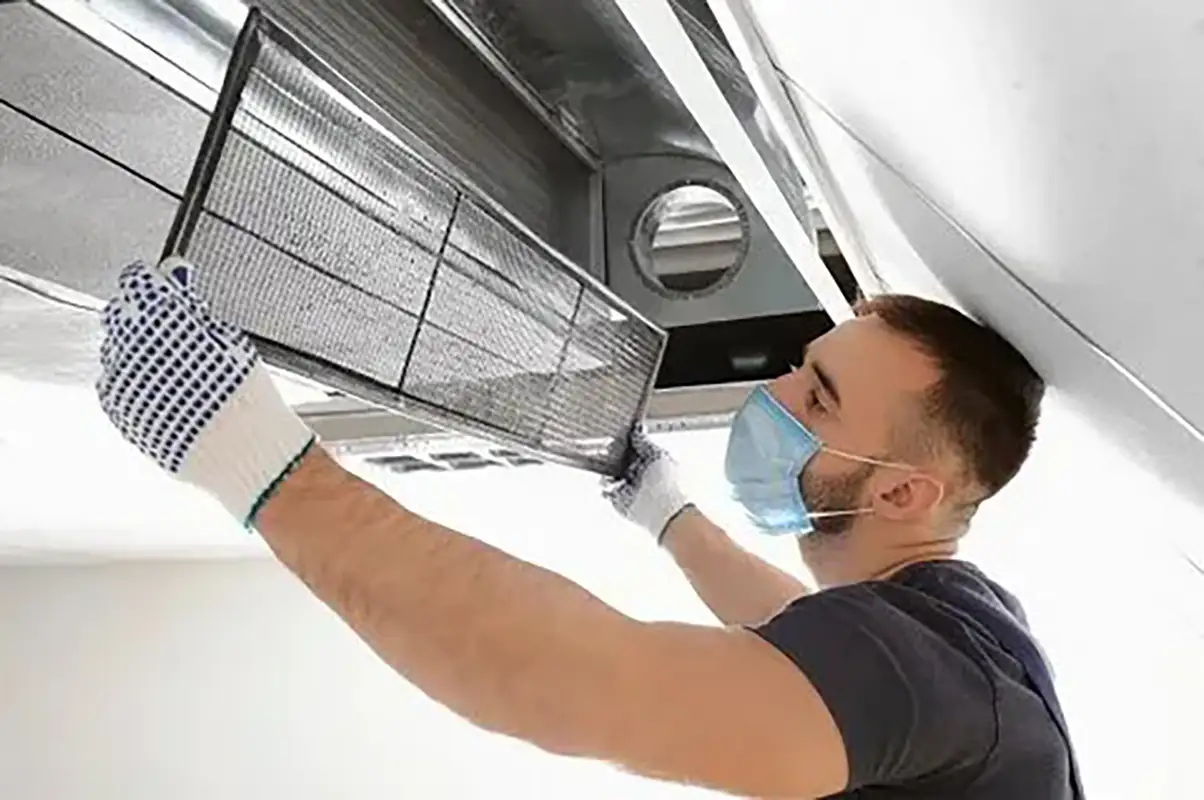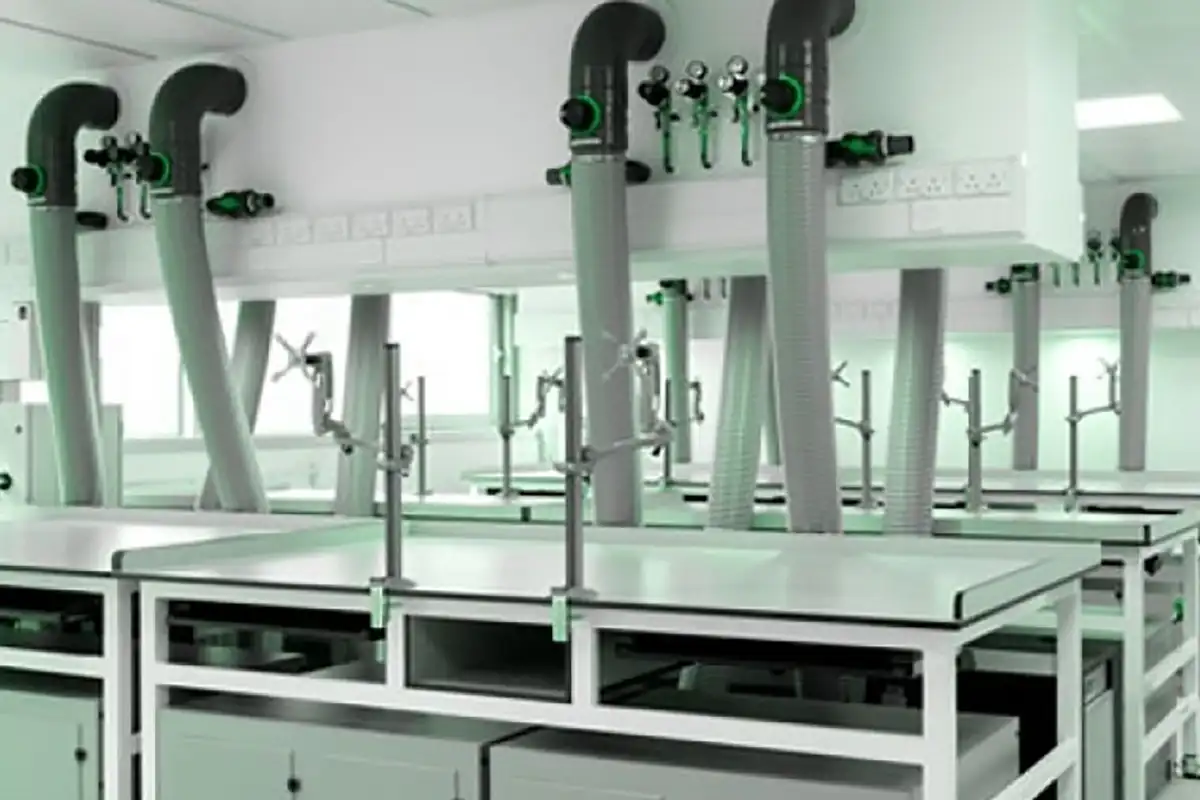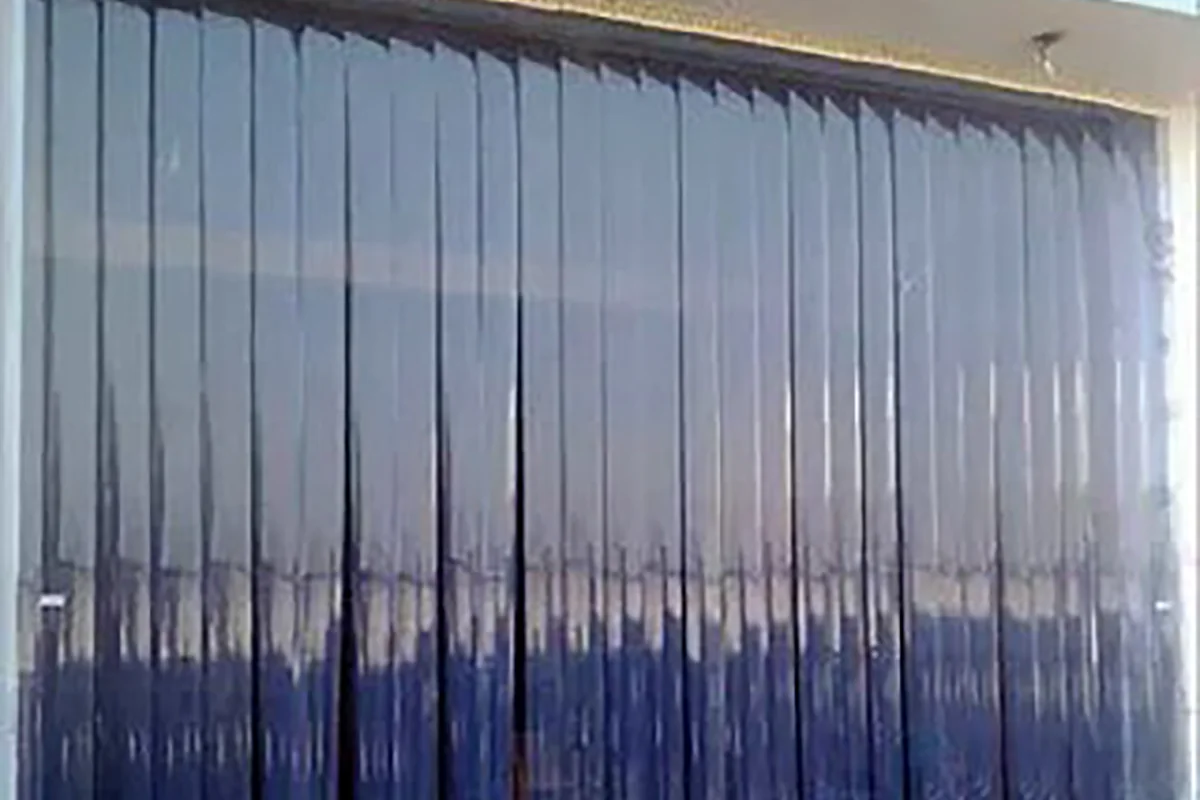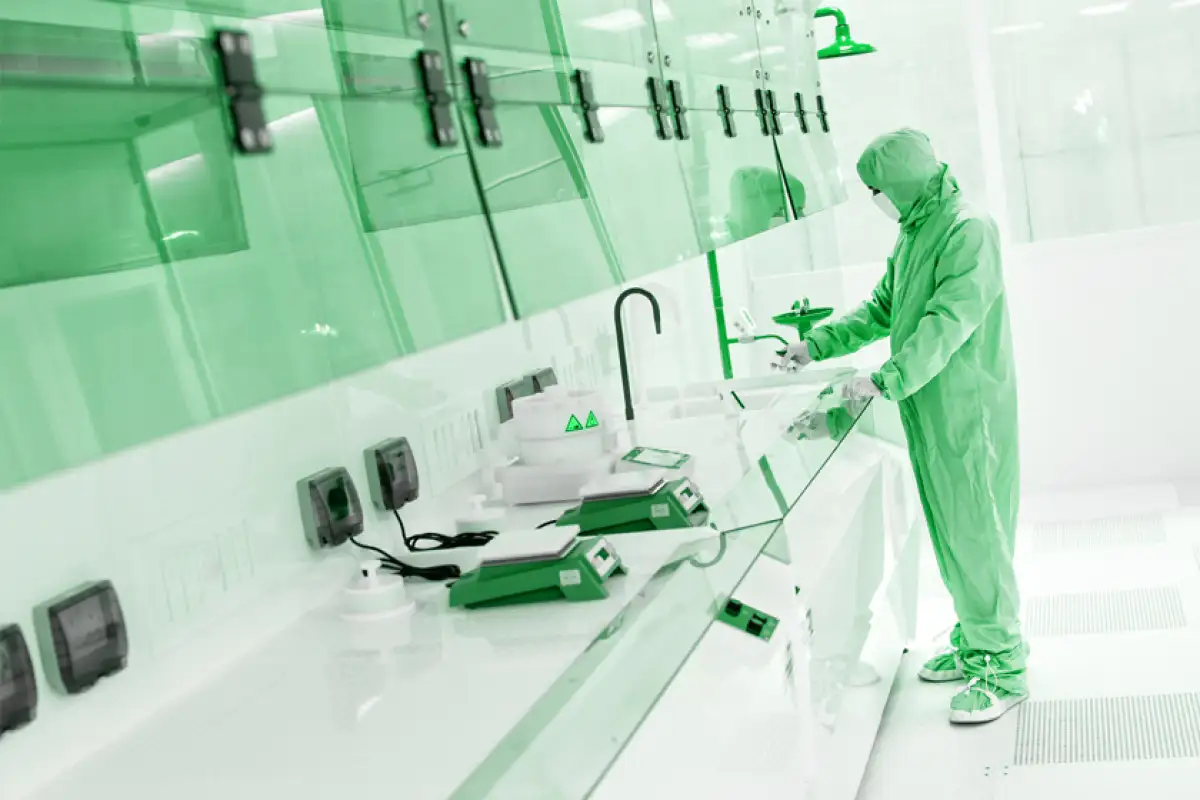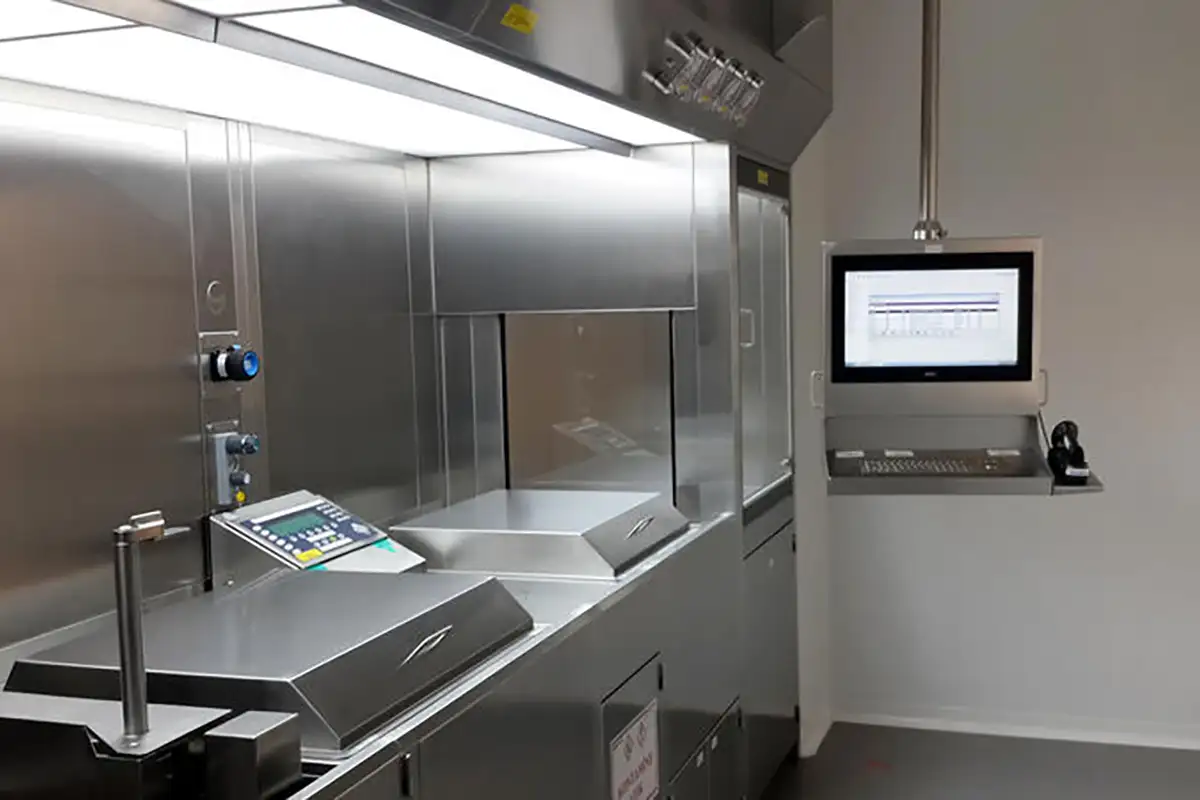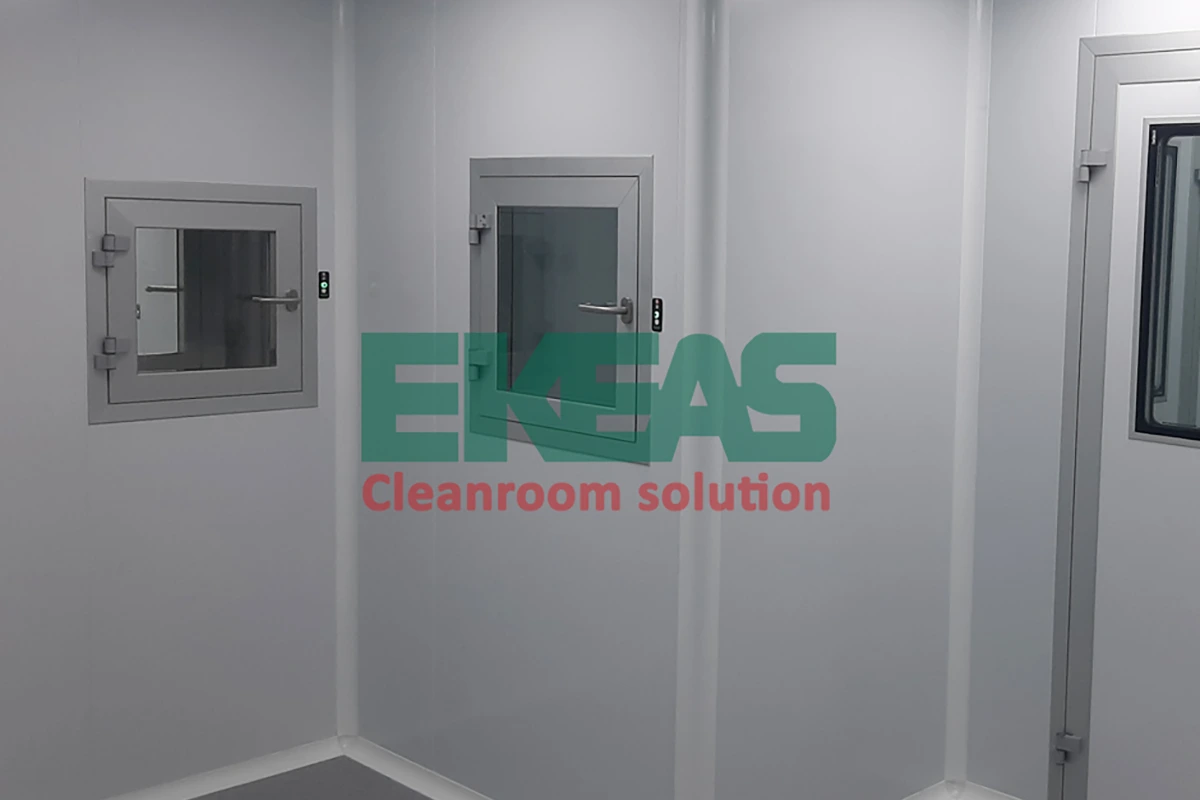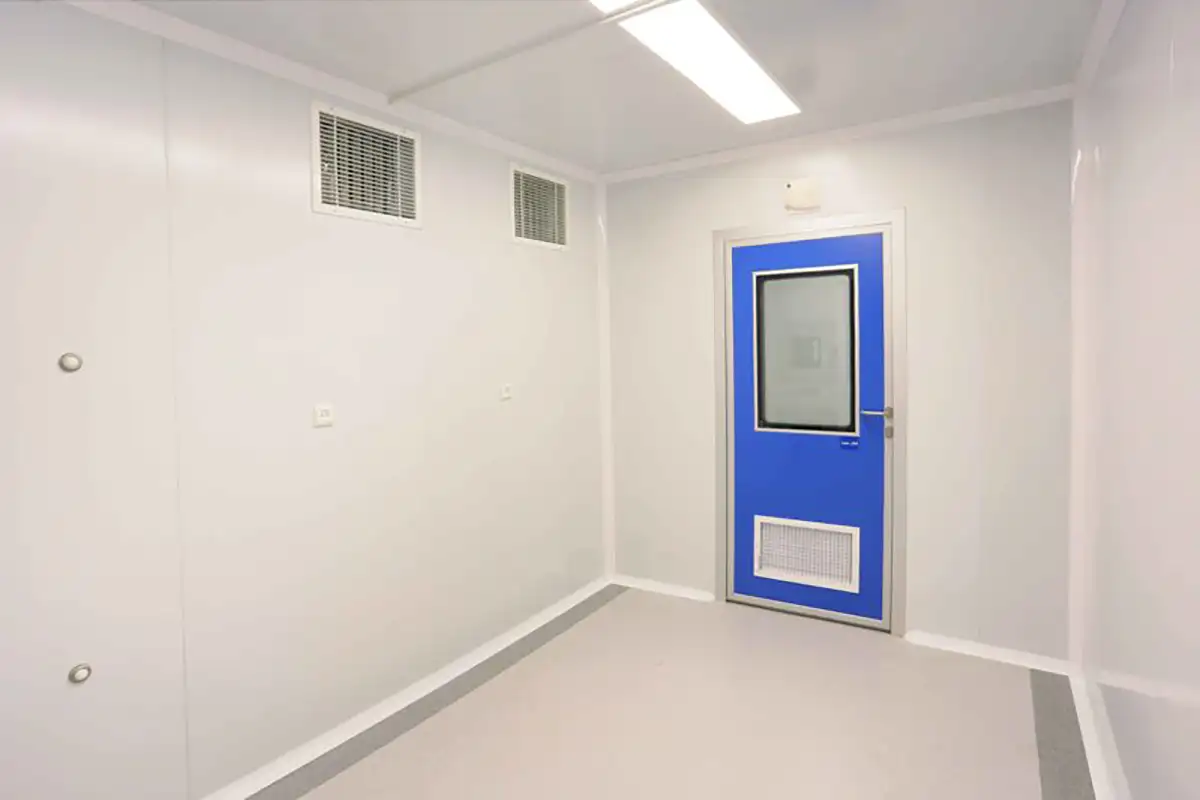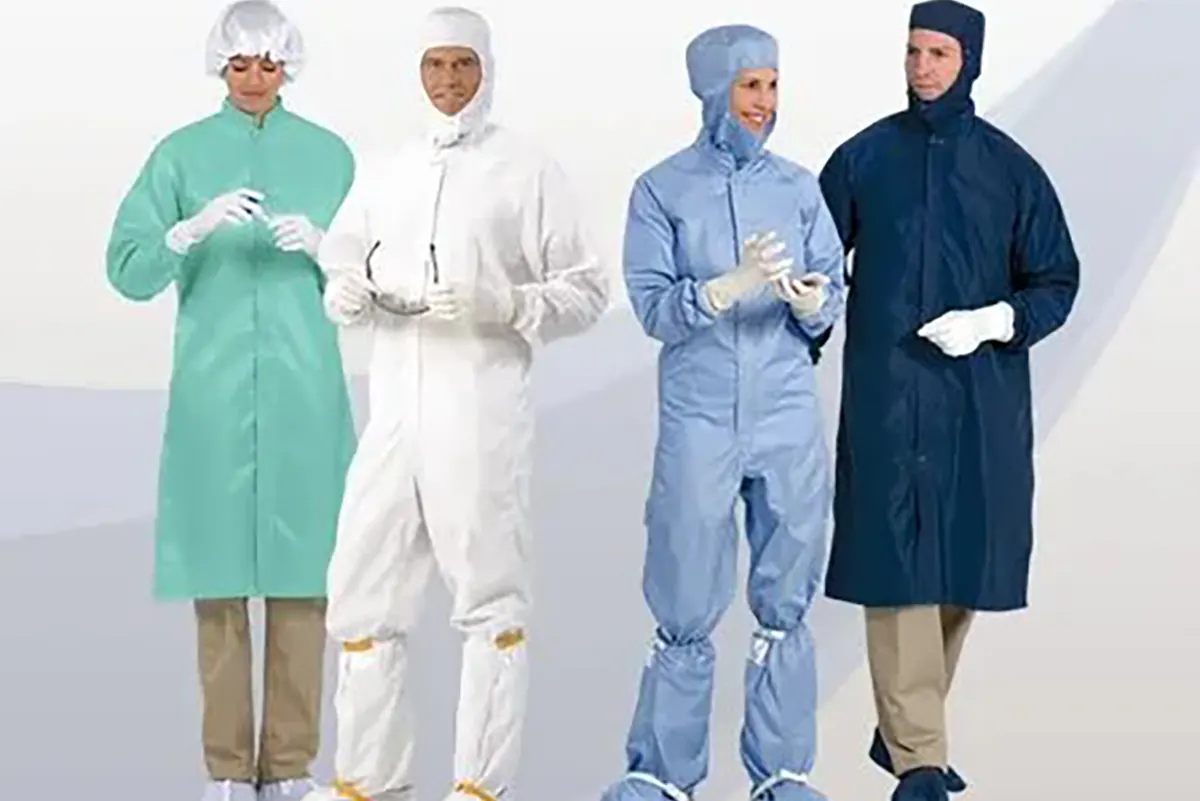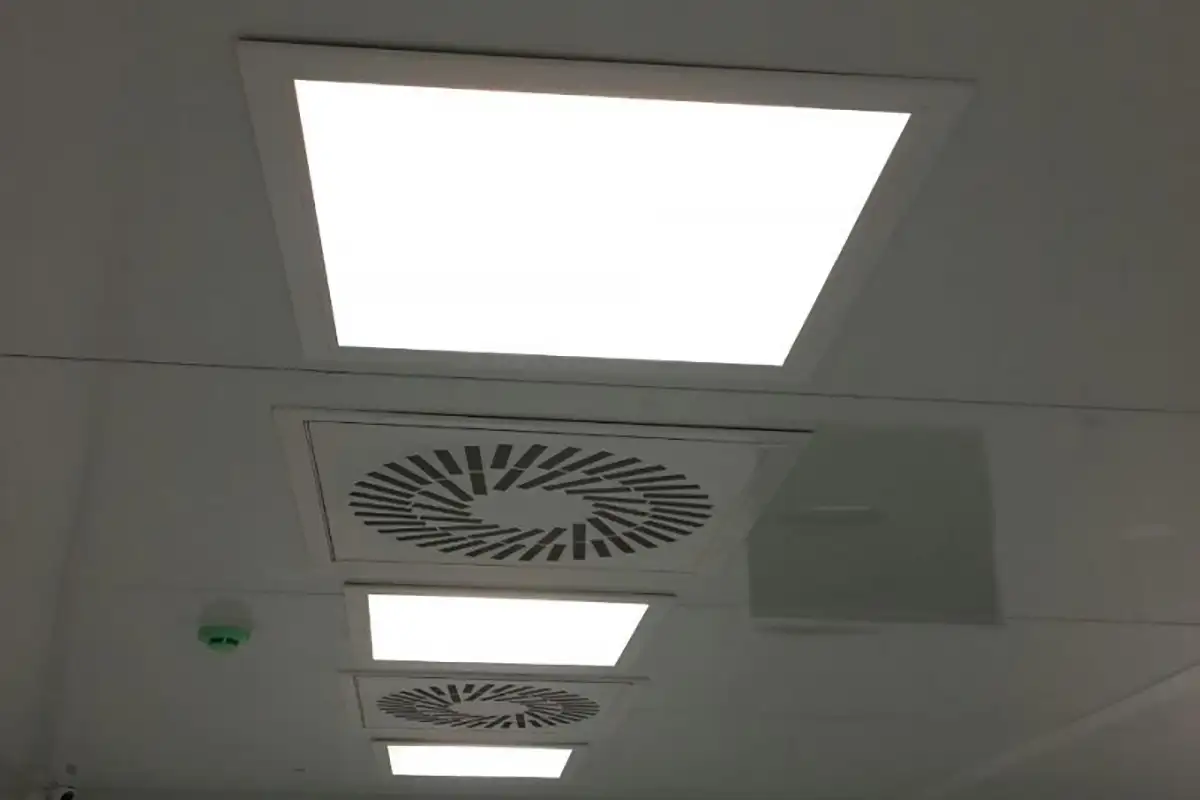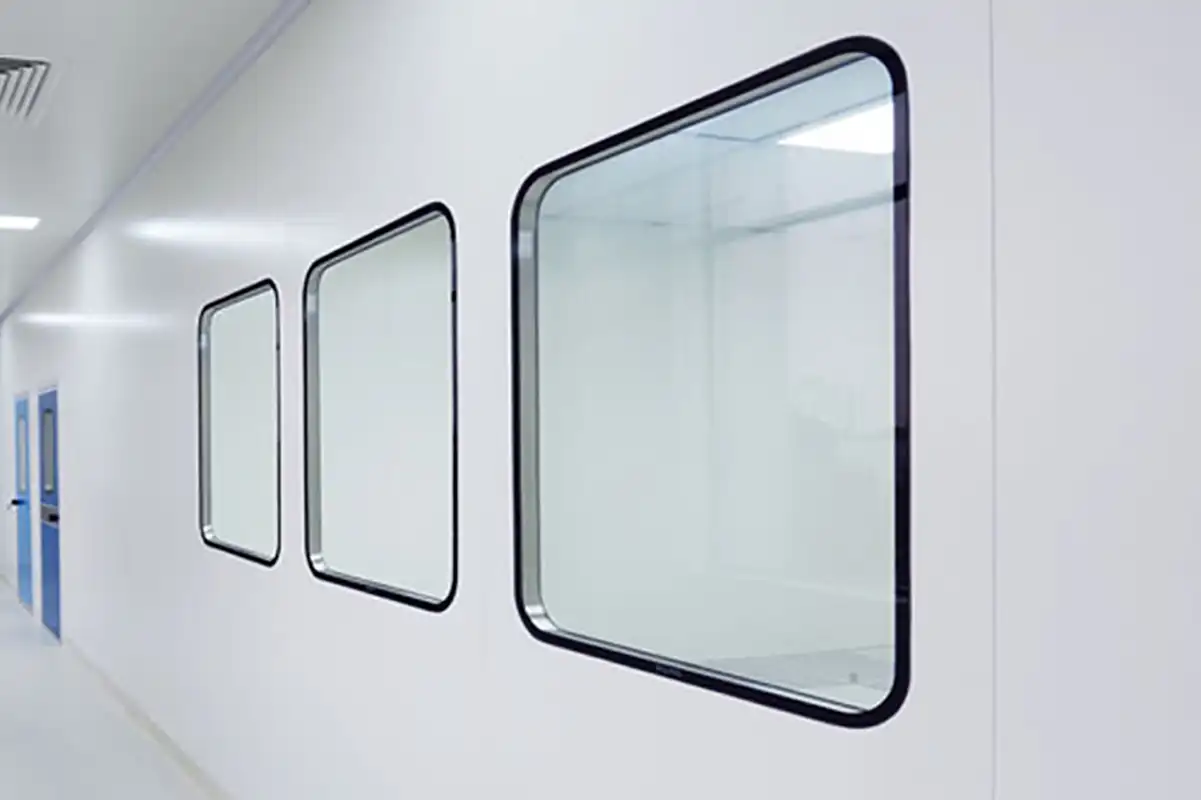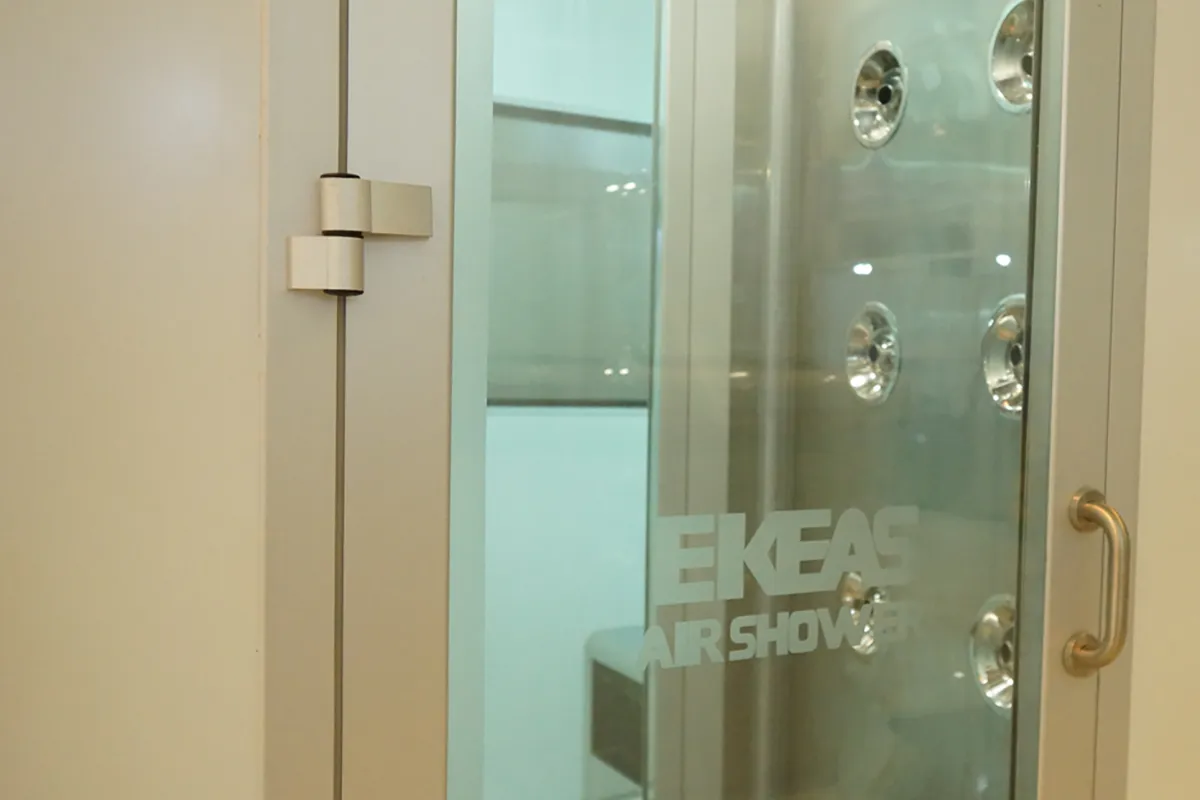The use of an appropriate cooling system in hot seasons and in tropical and humid regions is of great importance. Air-cooled chillers are a suitable cooling and air conditioning system for large industrial complexes, which are used to cool industrial equipment. The use of these chillers in environments such as cleanrooms, which are highly sensitive to temperature changes, becomes more important. This cooling system works on a compression-evaporation cycle and is used in various industries due to reduced energy consumption and costs. In this article, we will become familiar with the operation, application and advantages of these chillers.
What is an air-cooled chiller?
In general, an air-cooled chiller is a compression chiller in which the condenser is cooled by a fan. These chillers are not only suitable for cooling the space of residential and commercial complexes, but they can also be used to cool industrial equipment and machinery. Air-cooled chillers are considered the best cooling and air conditioning system for hot and humid areas, and they have higher efficiency than other cooling systems.
Air-cooled chillers are used to provide the water needed for industrial HVAC systems and operate on a vapor compression cycle. These compression chillers are also called air chillers, which are generally produced in different sets as single-piece and two-piece depending on the application. But why is the term “compression” attributed to air chillers?
The reason for attributing the term “compression” to an air chiller is that a compressor is used to compress the refrigerant in the cooling process of this system. The refrigerant in air chillers absorbs heat from the system’s evaporator in the refrigeration cycle and transfers this heat to the air in the condenser section.
What types of air chillers are there?
As we mentioned, air-cooled compression chillers are generally produced in two types: single-piece and two-piece. If all the components and accessories of our cooling system are located inside a box, it is called a single-piece chiller. But if instead of placing all the accessories in a box, we place the chiller’s condenser in a separate unit, our cooling system is called an air-cooled chiller with two pieces. These two types of air chillers do not differ much from each other in terms of operation and both have high efficiency.
read more | Condensing Unit
What components does an air chiller have?
All air-cooled compression chillers have several main components. In addition to these main components, air chillers also have other components and equipment that can vary from one to another depending on the type of HVAC system. However, these cooling systems generally do not differ much from each other in terms of main components. In general, each air chiller consists of five main parts, which are as follows:
- Compressor
- Condenser
- Condenser fan
- Evaporator
- Expansion valve
Role of the compressor in an air-cooled chiller
The compressor is one of the main components of an air-cooled compression chiller. In fact, the compressor can be considered the heart of this cooling system. The performance of the compressor directly affects the performance coefficient and efficiency of the chiller. For this reason, special attention should be paid to the design and production of this part. Scroll compressors are typically used in air-cooled chillers, but there are other types as well.
read more | Package unit
Other types of compressors used in air-cooled chillers include:
- Piston or reciprocating compressors
- Screw compressors: Chillers with this compressor are known as screw chillers
- Rotary or rotary compressors that are often used for cooling small and low-space complexes
- Centrifugal compressors
What is the function of the condenser in an air-cooled chiller?
The condenser is also one of the main components of an air-cooled chiller and a type of heat exchanger that is produced in various types. This part acts as a condensation unit in the cooling system and directly affects the lifespan of the device and the amount of energy consumed. In fact, proper condenser performance can help reduce many of the costs of industrial complexes.
Air-cooled chillers typically use condensers that consist of several finned tubes. Heat is transferred from the vapor through these tubes to the fins. Fans and blowers are usually installed near these fins, which helps to transfer heat to the surrounding air. This eventually leads to a decrease in temperature and a change in state of the refrigerant from gas to liquid. Air-cooled chiller condensers are typically designed and manufactured in two types: fin and tube coil condensers and microchannel condensers.
The condenser fan lowers the system temperature
The condenser fan is considered one of the side components of the condenser, which plays a very important role in reducing the system temperature. The function of the condenser fan is to transfer cool air into the condenser and help to remove excess heat from the system. The performance of the condenser fan can directly affect the performance of the air-cooled chiller condenser.
read more | cleanroom
The function of the evaporator in air-cooled chillers
The evaporator is another major component of each air-cooled chiller that acts as the evaporating unit in this system. The main function of the evaporator is to cool the refrigerant of the air-cooled chiller. The type and quality of the evaporator can directly affect the lifespan, efficiency, and performance of your device. For this reason, maintenance and repair of this part is of great importance.
What is an expansion valve?
The expansion valve is another major component of air-cooled chillers that has an important function in this system. As its name suggests, the expansion valve is responsible for expanding the refrigerant and changing its state from liquid to gas. The expansion valve creates pressure in the path of the refrigerant before it enters the evaporator, causing the refrigerant in the cooling system to expand.
How does an air-cooled chiller work?
In general, the operation of air-cooled chillers can be summarized in five steps. In the first step, the refrigerant is evaporated by the evaporator and enters the compressor of the device. Then, the gas is pressurized inside the compressor, resulting in an increase in its temperature. In the next step, the compressed and high-temperature vapor is directed to the condenser of the device to be converted from gas to liquid by transferring its heat to the environment. The fans of the air-cooled chiller pass high-pressure air over the heat-carrying pipes, and in this way, the evaporated refrigerant is converted to a liquid. The refrigerant liquid still has a high temperature at the end of this step.
The liquid refrigerant enters the expansion valve or capillary tube, where its pressure is reduced. With the decrease in pressure, the temperature of the liquid refrigerant also decreases, and the refrigerant eventually becomes a mixture of gas and liquid, which is called two-phase refrigerant. Then the liquid refrigerant enters the evaporator coil and absorbs the heat of the coil water. Since this liquid refrigerant has a low pressure, it turns into vapor by absorbing the heat of the water in the evaporator. Then the cooled water is transferred to the fan coil and air handler by the pumping system to cool the air of the desired environment. The evaporated refrigerant is also sucked back into the compressor by suction to repeat the same cycle.
read more | Fan filter box
Advantages of Using Air-Cooled Chillers
Air-cooled chillers are a practical, high-efficiency cooling system that can be used in a variety of commercial, residential, and industrial complexes. These chillers perform well in different weather and climatic conditions. You can use this refrigeration system for cooling your building or industrial equipment in hot, dry, and even humid areas. Air-cooled chillers have many advantages, which we will mention some of them below.
No need for cooling tower
One of the most important features of air-cooled chillers that distinguishes this system from other cooling systems is the absence of cooling towers or water treatment systems. If your cooling system requires a cooling tower and a water treatment system, you will need to carry out extensive piping at the installation site, which may limit your space.
Air-cooled chillers do not require cooling towers, so you need less piping. This makes it possible to use these chillers in buildings or small spaces such as cleanrooms. Also, the absence of a cooling tower reduces the number of times the chiller needs to be serviced or repaired.
Energy savings
Another major advantage of using air-cooled chillers is energy savings. These cooling systems require very little water and can significantly reduce water consumption in your facility. Using these chillers in areas with water scarcity can be a very ideal option for cooling buildings or industrial equipment.
Superior performance in reducing temperature
An air-cooled chiller can maintain water temperature in the range of 10- to 3 degrees Celsius and can significantly cool the ambient temperature. This feature and the superior performance of air-cooled chillers in reducing ambient temperature have made them used in various industries for cooling industrial equipment and machinery.
read more | What is a Bag filter?
Easy installation and affordable price
As we mentioned, you do not need a cooling tower and extensive piping for the installation and commissioning of air-cooled chillers. For this reason, the installation and commissioning of this cooling system is very simple and is done in the shortest possible time.
On the other hand, the lack of need for auxiliary equipment and extensive piping reduces your costs for installation, commissioning, and maintenance of the air-cooled chiller. This cooling system can also significantly reduce many of your facility’s overhead costs by reducing water consumption.
How to choose the right chiller
You can buy the best cooling system for your residential, commercial, or industrial complex by considering a few simple tips when buying an air-cooled chiller, based on your budget and intended use. The most important thing to consider when choosing a chiller is the device’s electricity consumption. Be sure to ask the chiller manufacturer or dealer if the device you are interested in has multiple circuits. This is because fan coils come in two types: two-circuit and four-circuit, and the number of chiller compressors is usually determined by the number of circuits. The number of compressors can directly affect the amount of electricity consumed.
Another important point to consider when buying an air-cooled chiller is to choose the right size for the climate of the region. It is recommended to use smaller chillers for colder regions and larger chillers for warmer regions. Choosing a chiller that is not the right size can lead to increased electricity consumption or reduced performance.
On the other hand, keep in mind that air-cooled chillers must be installed outdoors. As a result, be sure to measure the area of the desired space before buying a chiller and choose an option that is compatible with your space when buying a chiller.
Other things to consider when choosing air-cooled chillers include:
- The amount of noise generated by the chiller to determine the appropriate location for the system
- Paying attention to the capacity of the chiller condenser and choosing the right device
Buying an air-cooled chiller from the Ekeas Group
Industrial companies are looking for new ways to reduce energy consumption and save on their overhead costs. For this reason, many companies today are turning to the use of air-cooled chillers to cool industrial equipment and spaces such as cleanrooms. Saving water and electricity, low installation and commissioning costs, and excellent performance in reducing ambient temperature are among the factors that contribute to the popularity of this cooling system.
Ekeas is one of the leading companies in the field of cleanroom equipment and HVAC installation and commissioning. You can contact our experienced consultants to purchase and install an air cooled chiller suitable for your residential, commercial or industrial complex.
Chillers made in Ekeas company
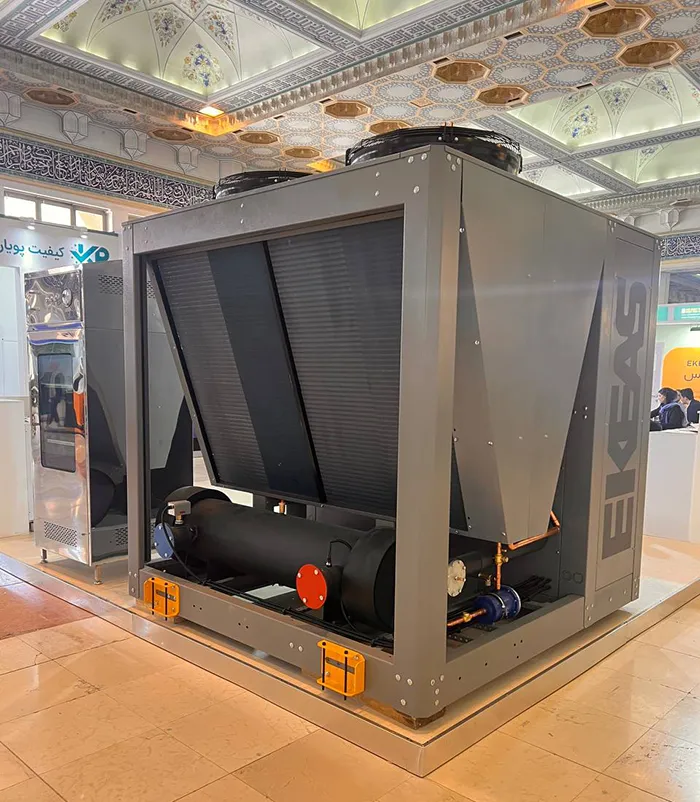
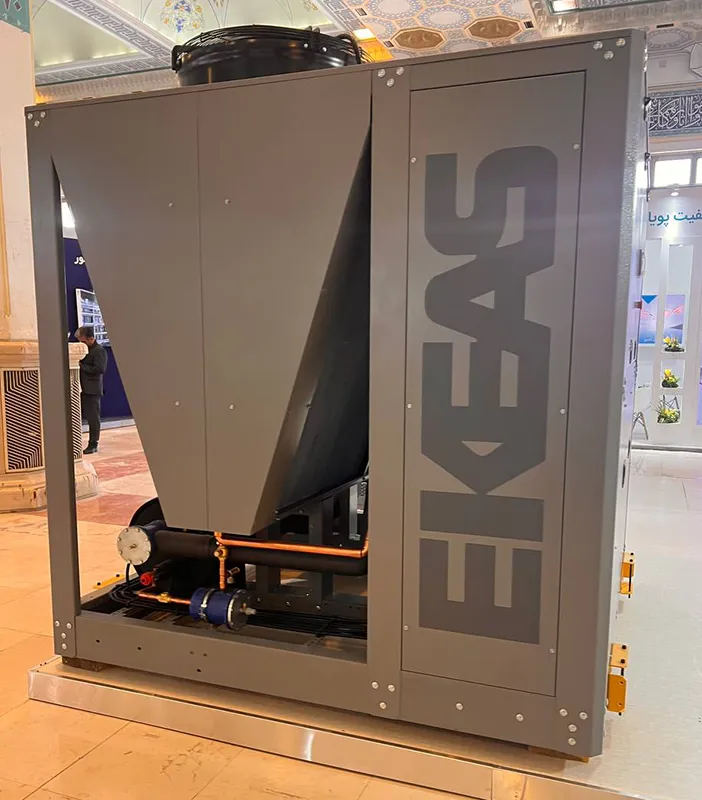

Cleanroom Equipment by Ekeas
Cleanrooms include a variety of equipment, and in order for a cleanroom to meet standards, it must use the appropriate equipment. Here are a few examples of cleanroom equipment:
